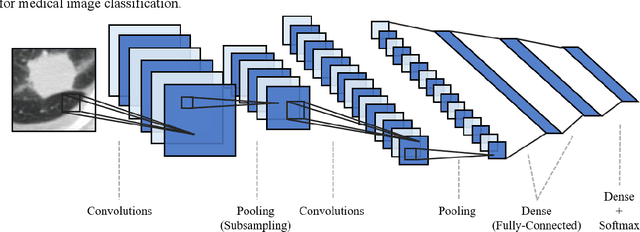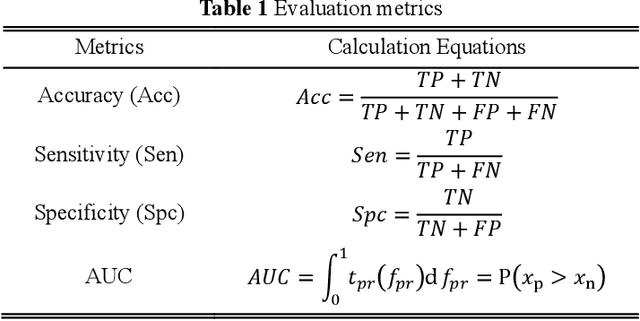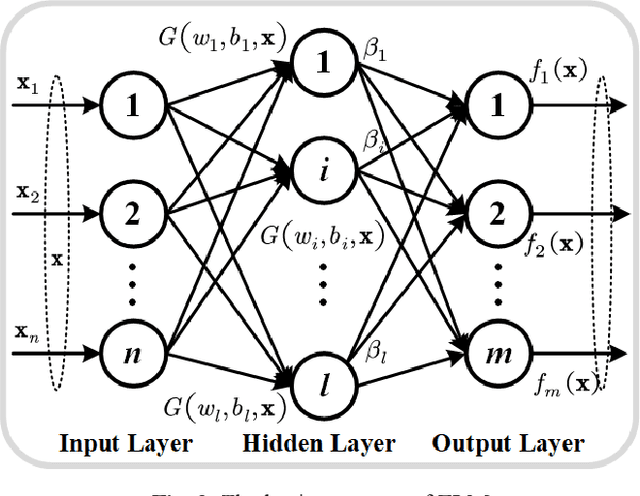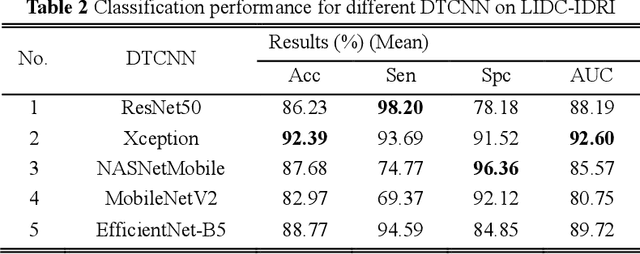Deep Transfer Convolutional Neural Network and Extreme Learning Machine for Lung Nodule Diagnosis on CT images
Paper and Code
Jan 05, 2020



Diagnosis of benign-malignant nodules in the lung on Computed Tomography (CT) images is critical for determining tumor level and reducing patient mortality. Deep learning-based diagnosis of nodules in lung CT images, however, is time-consuming and less accurate due to redundant structure and the lack of adequate training data. In this paper, a novel diagnosis method based on Deep Transfer Convolutional Neural Network (DTCNN) and Extreme Learning Machine (ELM) is explored, which merges the synergy of two algorithms to deal with benign-malignant nodules classification. An optimal DTCNN is first adopted to extract high level features of lung nodules, which has been trained with the ImageNet dataset beforehand. After that, an ELM classifier is further developed to classify benign and malignant lung nodules. Two datasets, including the Lung Image Database Consortium and Image Database Resource Initiative (LIDC-IDRI) public dataset and a private dataset from the First Affiliated Hospital of Guangzhou Medical University in China (FAH-GMU), have been conducted to verify the efficiency and effectiveness of the proposed approach. The experimental results show that our novel DTCNN-ELM model provides the most reliable results compared with current state-of-the-art methods.
 Add to Chrome
Add to Chrome Add to Firefox
Add to Firefox Add to Edge
Add to Edge